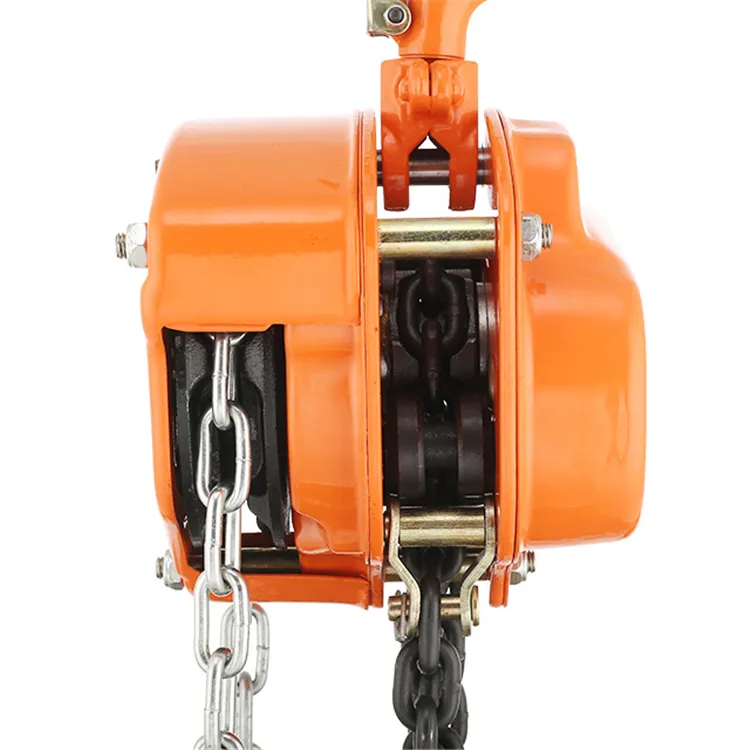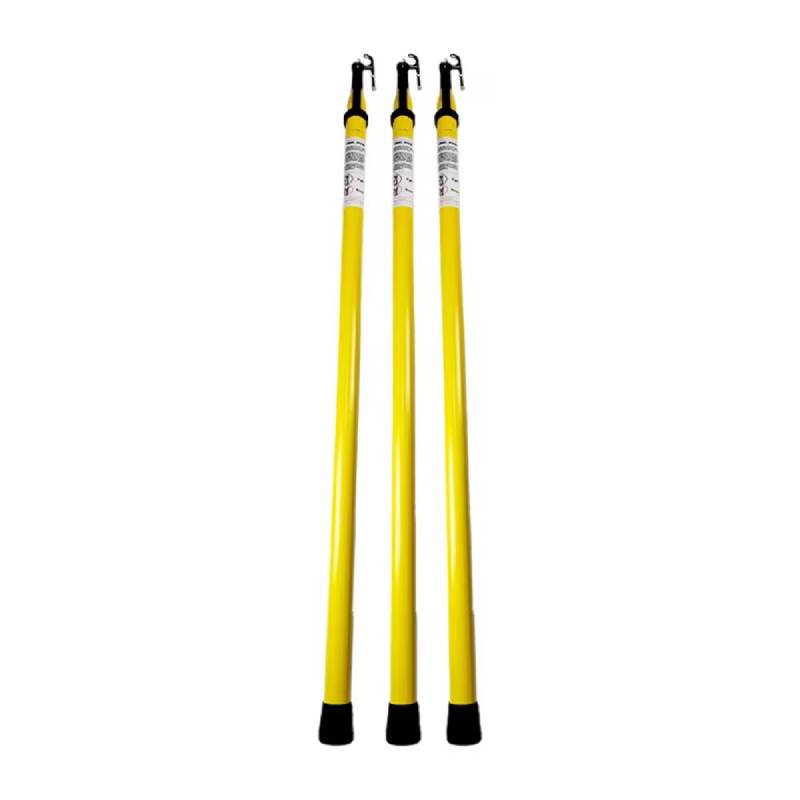
-
 Afrikaans
Afrikaans -
 Albanian
Albanian -
 Amharic
Amharic -
 Arabic
Arabic -
 Armenian
Armenian -
 Azerbaijani
Azerbaijani -
 Basque
Basque -
 Belarusian
Belarusian -
 Bengali
Bengali -
 Bosnian
Bosnian -
 Bulgarian
Bulgarian -
 Catalan
Catalan -
 Cebuano
Cebuano -
 Corsican
Corsican -
 Croatian
Croatian -
 Czech
Czech -
 Danish
Danish -
 Dutch
Dutch -
 English
English -
 Esperanto
Esperanto -
 Estonian
Estonian -
 Finnish
Finnish -
 French
French -
 Frisian
Frisian -
 Galician
Galician -
 Georgian
Georgian -
 German
German -
 Greek
Greek -
 Gujarati
Gujarati -
 Haitian Creole
Haitian Creole -
 hausa
hausa -
 hawaiian
hawaiian -
 Hebrew
Hebrew -
 Hindi
Hindi -
 Miao
Miao -
 Hungarian
Hungarian -
 Icelandic
Icelandic -
 igbo
igbo -
 Indonesian
Indonesian -
 irish
irish -
 Italian
Italian -
 Japanese
Japanese -
 Javanese
Javanese -
 Kannada
Kannada -
 kazakh
kazakh -
 Khmer
Khmer -
 Rwandese
Rwandese -
 Korean
Korean -
 Kurdish
Kurdish -
 Kyrgyz
Kyrgyz -
 Lao
Lao -
 Latin
Latin -
 Latvian
Latvian -
 Lithuanian
Lithuanian -
 Luxembourgish
Luxembourgish -
 Macedonian
Macedonian -
 Malgashi
Malgashi -
 Malay
Malay -
 Malayalam
Malayalam -
 Maltese
Maltese -
 Maori
Maori -
 Marathi
Marathi -
 Mongolian
Mongolian -
 Myanmar
Myanmar -
 Nepali
Nepali -
 Norwegian
Norwegian -
 Norwegian
Norwegian -
 Occitan
Occitan -
 Pashto
Pashto -
 Persian
Persian -
 Polish
Polish -
 Portuguese
Portuguese -
 Punjabi
Punjabi -
 Romanian
Romanian -
 Russian
Russian -
 Samoan
Samoan -
 Scottish Gaelic
Scottish Gaelic -
 Serbian
Serbian -
 Sesotho
Sesotho -
 Shona
Shona -
 Sindhi
Sindhi -
 Sinhala
Sinhala -
 Slovak
Slovak -
 Slovenian
Slovenian -
 Somali
Somali -
 Spanish
Spanish -
 Sundanese
Sundanese -
 Swahili
Swahili -
 Swedish
Swedish -
 Tagalog
Tagalog -
 Tajik
Tajik -
 Tamil
Tamil -
 Tatar
Tatar -
 Telugu
Telugu -
 Thai
Thai -
 Turkish
Turkish -
 Turkmen
Turkmen -
 Ukrainian
Ukrainian -
 Urdu
Urdu -
 Uighur
Uighur -
 Uzbek
Uzbek -
 Vietnamese
Vietnamese -
 Welsh
Welsh -
 Bantu
Bantu -
 Yiddish
Yiddish -
 Yoruba
Yoruba -
 Zulu
Zulu


TEL:
0086-311-88862036
Jan . 14, 2025 12:37 Back to list
fish tape use
Fish tape is a versatile tool every electrician and DIY enthusiast should have in their arsenal. This coiled device, typically made from materials like steel, fiberglass, or nylon, is designed to assist in the installation of wiring through walls, ceilings, and conduits, navigating bends and turns with ease. Here's an authoritative guide on maximizing the use of fish tape, curated from hands-on experience and professional expertise.
Safety is integral when using fish tape. Users should avoid prolonged contact with live wires to prevent electrical shocks. Wearing appropriate protective equipment, such as gloves and goggles, minimizes risk, especially when fish tape is used in environments with live electrical circuits. For professional electricians and seasoned DIYers, maintenance of the fish tape is crucial for longevity and efficiency. Regularly clean and inspect the tape for signs of wear and tear, particularly on metal models, to prevent rust and facilitate smooth operation. Storing the fish tape properly after use ensures that it remains in excellent condition for the next project. In terms of innovation, the industry offers various models, including non-conductive options ideal for environments where safety around electricity is paramount. Some advanced fish tapes also feature markers or illuminated components, aiding visibility in dark areas and providing additional accuracy in wire placement. In conclusion, the effective use of fish tape hinges on understanding its mechanics and maintaining a safety-first mindset. For professionals and DIY hobbyists alike, mastering this tool not only enhances work efficiency but also elevates the quality of electrical installations. With the right techniques, the mundane task of pulling wires transforms into a streamlined operation yielding professional results every time. Always choose a model that aligns with your specific project needs, and trust the reliability of this indispensable tool to support your electrical endeavors.


Safety is integral when using fish tape. Users should avoid prolonged contact with live wires to prevent electrical shocks. Wearing appropriate protective equipment, such as gloves and goggles, minimizes risk, especially when fish tape is used in environments with live electrical circuits. For professional electricians and seasoned DIYers, maintenance of the fish tape is crucial for longevity and efficiency. Regularly clean and inspect the tape for signs of wear and tear, particularly on metal models, to prevent rust and facilitate smooth operation. Storing the fish tape properly after use ensures that it remains in excellent condition for the next project. In terms of innovation, the industry offers various models, including non-conductive options ideal for environments where safety around electricity is paramount. Some advanced fish tapes also feature markers or illuminated components, aiding visibility in dark areas and providing additional accuracy in wire placement. In conclusion, the effective use of fish tape hinges on understanding its mechanics and maintaining a safety-first mindset. For professionals and DIY hobbyists alike, mastering this tool not only enhances work efficiency but also elevates the quality of electrical installations. With the right techniques, the mundane task of pulling wires transforms into a streamlined operation yielding professional results every time. Always choose a model that aligns with your specific project needs, and trust the reliability of this indispensable tool to support your electrical endeavors.
Next:
Latest news
What Are Construction Tools and How Are They Used?
NewsJul.11,2025
Professional-Grade Duct Rodding Tools for Superior Cable Installation
NewsJul.11,2025
Enhancing Safety and Efficiency with Modern Hot Stick Solutions
NewsJul.11,2025
Empowering Cable Installation with Advanced Rodder Solutions
NewsJul.11,2025
Elevate Your Cable Installation Projects with Cable Pulling Tools
NewsJul.11,2025
Efficient Cable Handling Solutions: Cable Rollers for Sale
NewsJul.11,2025
Copyright © 2025 Shijiazhuang Bilo Import and Export Trading Co., Ltd. All Rights Reserved. Sitemap | Privacy Policy

BlLo lmport & Éxport is specialized in power and cable equipment andconsiruction tools,Qur main producis are FRP
duct rodder, cable rollerscable pulling winch, cable drum jack, cable pulling sock, etc.
Copyright © 2025 Shijiazhuang Bilo Import and Export Trading Co., Ltd. All Rights Reserved. Sitemap | Privacy Policy










